Home>Storage & Organization>Kitchen Organizing Tools>Why Does My Cat Pee In The Litter Box But Poop On The Floor?
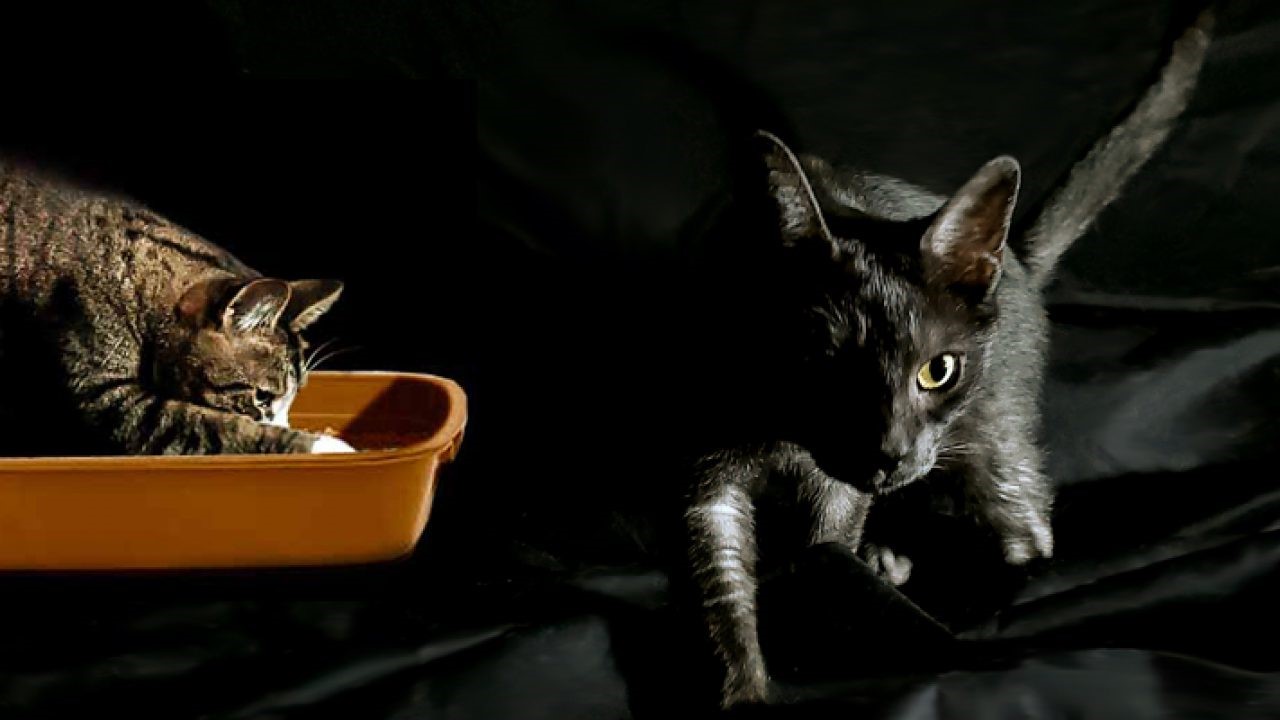

Kitchen Organizing Tools
Why Does My Cat Pee In The Litter Box But Poop On The Floor?
Published: February 23, 2024
Discover the best kitchen organizing tools to keep your space clutter-free and efficient. Find top-rated products for a tidy and functional kitchen.
(Many of the links in this article redirect to a specific reviewed product. Your purchase of these products through affiliate links helps to generate commission for Storables.com, at no extra cost. Learn more)
Introduction
Cats are fascinating and enigmatic creatures, often bringing joy and companionship to our lives. However, as any cat owner knows, feline behavior can sometimes be puzzling. One common issue that perplexes many cat owners is the tendency for their feline friends to urinate in the litter box but defecate outside of it. This behavior can be frustrating and perplexing, leading pet owners to wonder why their cat exhibits such a preference.
Understanding the reasons behind this behavior is crucial for addressing the issue effectively. By delving into the intricacies of feline behavior and considering potential medical and environmental factors, we can gain valuable insights into why cats may choose to urinate in the litter box but opt for alternative locations when it comes to defecation.
In this article, we will explore the complex world of cat behavior and delve into the possible reasons behind this specific toileting behavior. By shedding light on the various factors that may contribute to this perplexing habit, we aim to provide cat owners with a deeper understanding of their feline companions and equip them with the knowledge needed to address this issue effectively. Let's embark on this journey to unravel the mystery of why cats exhibit this behavior and discover practical solutions to promote harmonious cohabitation with our beloved feline friends.
Key Takeaways:
- Cats may pee in the litter box but poop outside due to instincts, litter preferences, stress, or medical issues. Understanding their behavior and creating a suitable environment can help address this puzzling habit.
- Providing a clean, comfortable litter box, reducing stress, and seeking veterinary care can help modify a cat’s toileting behavior. By addressing their needs, cat owners can promote a harmonious cohabitation with their feline friends.
Understanding Cat Behavior
Understanding the behavior of our feline companions is essential for addressing any perplexing habits they may exhibit. Cats are known for their fastidious nature and unique behavioral patterns, which are deeply rooted in their instincts and evolutionary history.
Cats are inherently territorial animals, and their toileting habits are influenced by a variety of factors, including their natural instincts, environmental influences, and individual preferences. When it comes to urinating in the litter box but choosing to defecate elsewhere, several behavioral considerations come into play.
One key aspect of feline behavior is their instinctual drive to maintain a clean and safe toileting area. Cats are meticulous groomers and are highly sensitive to the cleanliness of their surroundings, especially when it comes to eliminating waste. The act of urinating in the litter box but opting to defecate outside of it may be attributed to the cat's perception of the litter box environment. This behavior can stem from a cat's desire to separate their urination and defecation sites, a behavior that has evolutionary roots in the wild to minimize the scent and visibility of their waste to potential predators.
Furthermore, cats are known for their strong preference for cleanliness and may have specific preferences regarding the texture, depth, and cleanliness of their litter. Issues such as an inadequate amount of litter, an unpleasant texture, or a soiled litter box can deter a cat from using it for defecation, leading them to seek alternative locations.
Additionally, the presence of other pets, changes in the household environment, or stressful stimuli can also impact a cat's toileting behavior. Cats may exhibit avoidance behaviors, including defecating outside the litter box, as a response to stress, anxiety, or perceived threats in their environment.
By gaining a deeper understanding of the intricate nuances of feline behavior, cat owners can better comprehend the motivations behind their cat's toileting preferences. This understanding serves as a crucial foundation for implementing effective strategies to address and modify this behavior, ultimately fostering a harmonious and stress-free environment for both the cat and their human companions.
Possible Reasons for the Behavior
The behavior of a cat choosing to urinate in the litter box but defecate outside of it can stem from a myriad of reasons, encompassing both instinctual and environmental factors. Understanding these potential reasons is pivotal in addressing and modifying this behavior effectively.
Territorial Instincts: Cats are inherently territorial animals, and their toileting habits are deeply intertwined with their instinctual need to establish and maintain their territory. In the wild, cats strategically mark their territory through urination and defecation, with distinct purposes for each. While urination serves as a means of scent marking and communication, defecation is often performed in more discreet locations to minimize the visibility of their waste to potential predators. This instinctual drive to separate urination and defecation sites may manifest in domestic cats, leading them to choose alternative locations for defecation, separate from their urination spot in the litter box.
Litter Box Preferences: Cats are discerning creatures with specific preferences when it comes to their toileting environment. Issues such as an inadequate amount of litter, an unpleasant texture, or a soiled litter box can deter a cat from using it for defecation. Cats may exhibit a strong aversion to certain types of litter or may be sensitive to changes in the cleanliness or texture of the litter. Additionally, the depth of the litter and the size of the litter box can also influence a cat's preference for urination and defecation sites.
Stress and Anxiety: Environmental stressors and changes in the household environment can significantly impact a cat's toileting behavior. Cats are sensitive to changes in their surroundings, and stressors such as the presence of other pets, household disruptions, or unfamiliar scents can trigger avoidance behaviors, including defecating outside the litter box. Additionally, cats may exhibit toileting issues as a response to anxiety, fear, or perceived threats in their environment, seeking alternative locations to alleviate their distress.
Medical Considerations: It is essential to consider potential medical issues that may contribute to this behavior. Cats experiencing discomfort or pain during defecation may develop negative associations with the litter box, leading them to seek alternative locations. Gastrointestinal issues, constipation, or other medical conditions can result in aversion to the litter box for defecation. Therefore, ruling out any underlying medical concerns through a thorough veterinary examination is crucial in addressing this behavior.
By recognizing these potential reasons for a cat's preference for urinating in the litter box but choosing alternative locations for defecation, cat owners can gain valuable insights into their feline companion's behavior. This understanding serves as a foundation for implementing targeted strategies to address and modify this behavior effectively, ultimately promoting a harmonious and stress-free cohabitation with their beloved cat.
Medical Issues to Consider
When a cat exhibits the behavior of urinating in the litter box but choosing to defecate outside of it, it is crucial to consider potential medical issues that may underlie this perplexing behavior. Cats, like humans, can experience a range of medical conditions that can impact their toileting habits and preferences. By addressing and ruling out potential medical concerns, cat owners can ensure the well-being of their feline companions and take proactive steps to address any underlying health issues.
One of the primary medical considerations in cases of atypical toileting behavior is gastrointestinal distress or discomfort. Cats may experience constipation, diarrhea, or other gastrointestinal issues that can lead to aversion to the litter box for defecation. The discomfort associated with these conditions can create negative associations with the litter box, prompting cats to seek alternative locations for relieving themselves. Additionally, cats suffering from gastrointestinal discomfort may exhibit signs of distress or discomfort while attempting to defecate, further reinforcing their avoidance of the litter box.
Furthermore, urinary tract issues can also contribute to changes in a cat's toileting behavior. Cats experiencing urinary tract infections, bladder inflammation, or other urinary issues may exhibit altered urination patterns, such as increased frequency, straining, or urinating outside the litter box. While the focus of this article is on defecation behavior, it is important to recognize that urinary tract issues can impact a cat's overall toileting habits, potentially influencing their defecation preferences as well.
In addition to gastrointestinal and urinary issues, it is essential to consider other medical conditions that can manifest in altered toileting behavior. Cats suffering from pain or discomfort due to musculoskeletal issues, anal gland problems, or neurological conditions may exhibit changes in their toileting preferences. Furthermore, senior cats may experience age-related health concerns, such as arthritis or mobility issues, which can affect their ability to access and use the litter box comfortably.
Given the potential impact of medical issues on a cat's toileting behavior, it is imperative for cat owners to seek veterinary guidance and thorough evaluation. A comprehensive physical examination, along with diagnostic tests as deemed necessary by the veterinarian, can help identify and address any underlying medical conditions. By prioritizing the health and well-being of their feline companions, cat owners can take proactive steps to address medical concerns and ensure that their cats receive the necessary care and support to promote optimal toileting habits and overall wellness.
By recognizing the potential impact of medical issues on a cat's toileting behavior, cat owners can prioritize their feline companion's health and well-being. Through proactive veterinary care and targeted interventions, cat owners can address any underlying medical concerns and support their cats in maintaining healthy and consistent toileting habits.
Behavioral Solutions
Addressing a cat's preference for urinating in the litter box but choosing alternative locations for defecation requires a multifaceted approach that encompasses environmental modifications, behavioral interventions, and attentive caregiving. By implementing targeted strategies and creating an optimal toileting environment, cat owners can effectively address and modify this behavior, promoting harmonious cohabitation with their feline companions.
Litter Box Management
Ensuring that the litter box meets the specific preferences and needs of the cat is paramount. Providing multiple litter boxes in different locations, each with a suitable depth of litter and a texture that aligns with the cat's preferences, can encourage consistent use. Regular cleaning and maintenance of the litter boxes are essential to uphold cleanliness and appeal to the cat's fastidious nature. Additionally, placing the litter boxes in quiet, accessible, and low-traffic areas can create a conducive toileting environment, minimizing stress and promoting regular use.
Environmental Enrichment
Enriching the cat's environment with stimulating activities, interactive toys, and vertical spaces can alleviate stress and anxiety, contributing to more consistent toileting habits. Creating a secure and enriching environment can help mitigate avoidance behaviors and promote a sense of security for the cat, reducing the likelihood of defecating outside the litter box.
Stress Reduction
Identifying and addressing potential stressors in the cat's environment is crucial for promoting positive toileting behaviors. Minimizing disruptions, providing predictable routines, and offering safe retreats can help alleviate stress and anxiety. Additionally, pheromone diffusers or calming aids may be beneficial in creating a calming atmosphere, supporting the cat's emotional well-being and promoting regular litter box use.
Positive Reinforcement
Using positive reinforcement techniques, such as praise, treats, and affection, when the cat uses the litter box for defecation can help reinforce desired behaviors. Creating a positive association with the litter box through rewards and encouragement can encourage the cat to consistently choose the appropriate toileting site.
Veterinary Consultation
Seeking guidance from a veterinarian is essential to rule out any underlying medical issues that may contribute to the cat's toileting behavior. A thorough veterinary examination can help identify and address potential health concerns, ensuring that the cat receives the necessary medical support to promote optimal toileting habits.
By implementing these behavioral solutions and creating an environment that supports the cat's natural instincts and preferences, cat owners can effectively address and modify the behavior of urinating in the litter box but choosing alternative locations for defecation. Through attentive caregiving, environmental modifications, and targeted interventions, cat owners can foster a harmonious and stress-free cohabitation with their beloved feline companions.
Conclusion
Understanding and addressing a cat's preference for urinating in the litter box but choosing alternative locations for defecation is a multifaceted endeavor that requires insight into feline behavior, consideration of potential medical issues, and the implementation of targeted behavioral solutions. By delving into the intricate nuances of cat behavior, cat owners can gain valuable insights into the motivations behind this behavior and take proactive steps to create an optimal toileting environment for their feline companions.
The complex interplay of instinctual drives, environmental influences, and individual preferences shapes a cat's toileting behavior, highlighting the need for a comprehensive approach to address and modify this behavior effectively. From territorial instincts to litter box preferences and stress-related factors, the reasons behind a cat's toileting habits are diverse and multifaceted. By recognizing these factors, cat owners can gain a deeper understanding of their feline companions and tailor their caregiving approach to support consistent and appropriate toileting behaviors.
Furthermore, the consideration of potential medical issues is paramount in addressing atypical toileting behavior in cats. Gastrointestinal distress, urinary tract issues, pain, and discomfort can significantly impact a cat's toileting preferences, underscoring the importance of veterinary consultation and thorough evaluation. By prioritizing the health and well-being of their cats, owners can ensure that any underlying medical concerns are addressed, laying the foundation for promoting healthy and consistent toileting habits.
Implementing targeted behavioral solutions, including litter box management, environmental enrichment, stress reduction, and positive reinforcement, empowers cat owners to create an optimal toileting environment that supports their feline companions' natural instincts and preferences. By fostering a harmonious and stress-free cohabitation, cat owners can strengthen their bond with their beloved cats and promote a nurturing and supportive living environment.
In conclusion, unraveling the mystery of a cat's preference for urinating in the litter box but choosing alternative locations for defecation requires a holistic understanding of feline behavior, diligent attention to potential medical issues, and the implementation of tailored strategies. By embarking on this journey of understanding, cat owners can cultivate a deeper connection with their feline companions and create an environment that promotes optimal health, well-being, and harmonious cohabitation.
Frequently Asked Questions about Why Does My Cat Pee In The Litter Box But Poop On The Floor?
Was this page helpful?
At Storables.com, we guarantee accurate and reliable information. Our content, validated by Expert Board Contributors, is crafted following stringent Editorial Policies. We're committed to providing you with well-researched, expert-backed insights for all your informational needs.
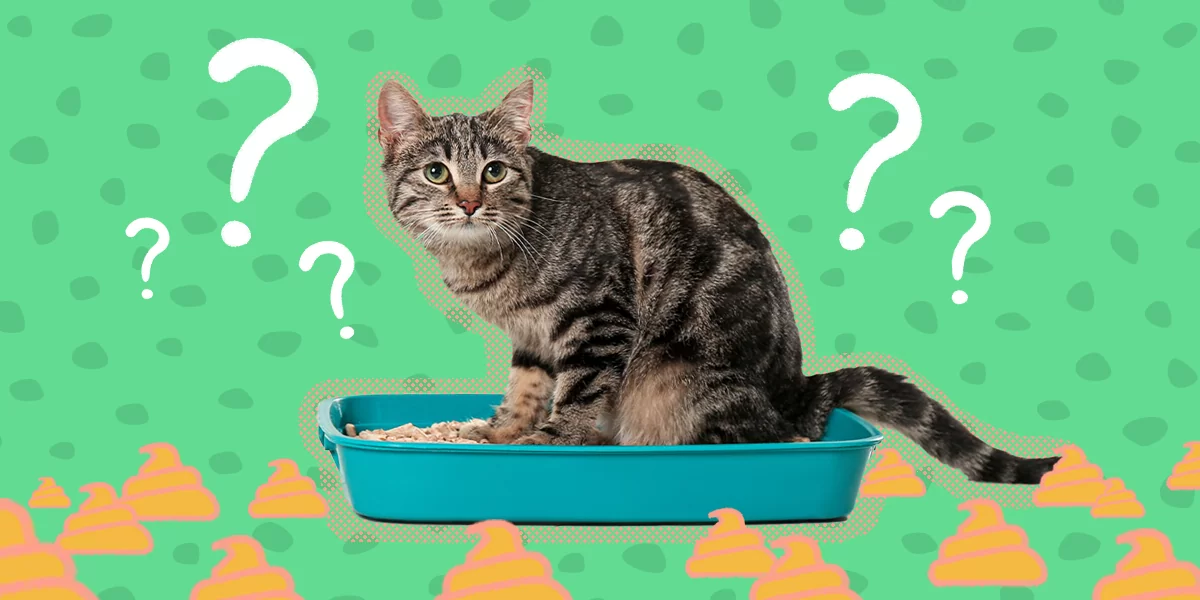
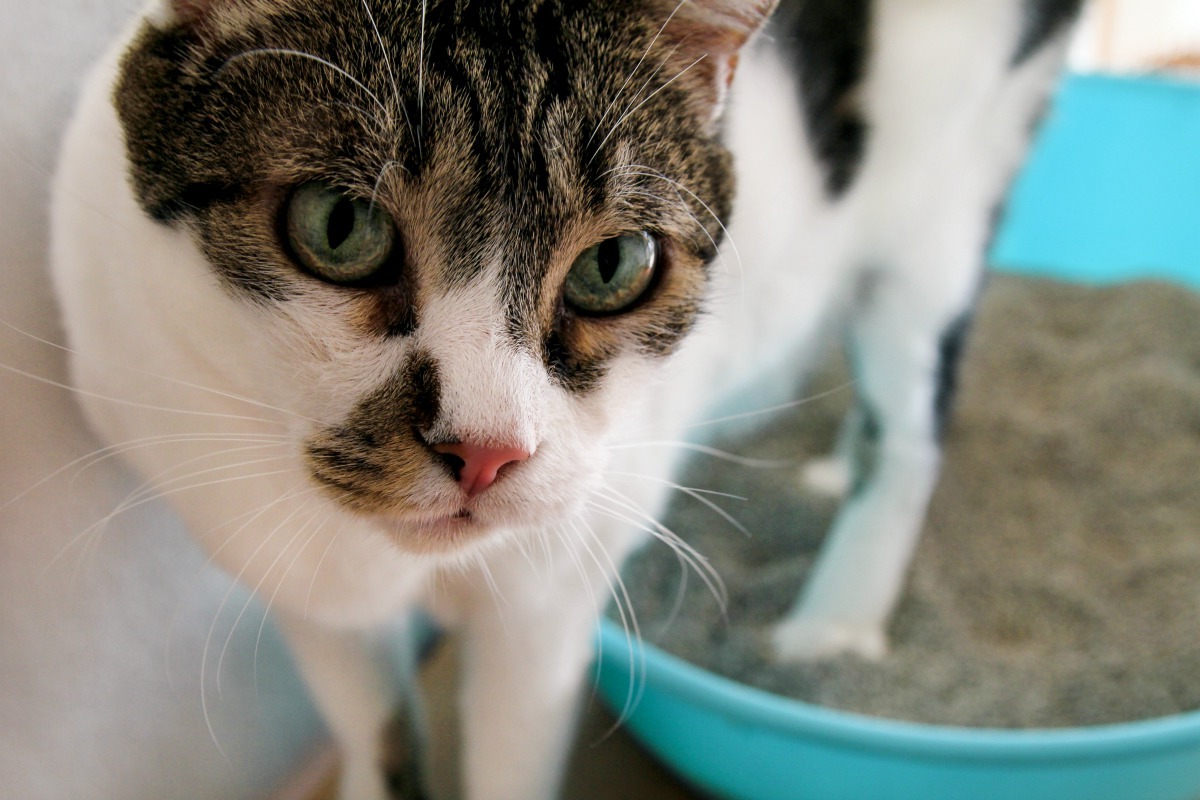
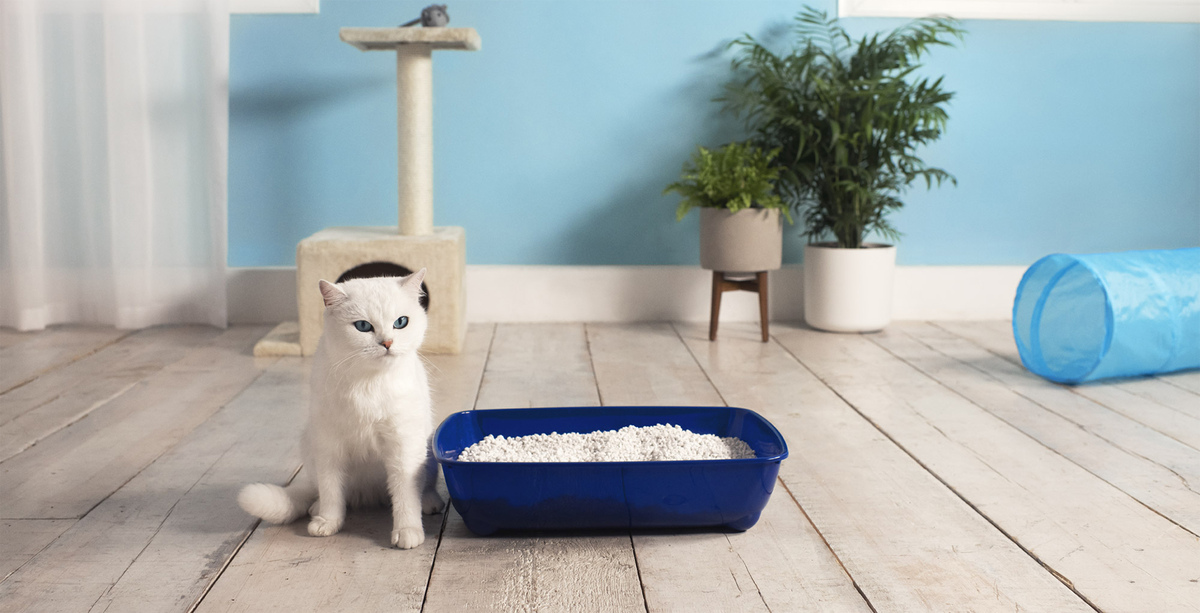
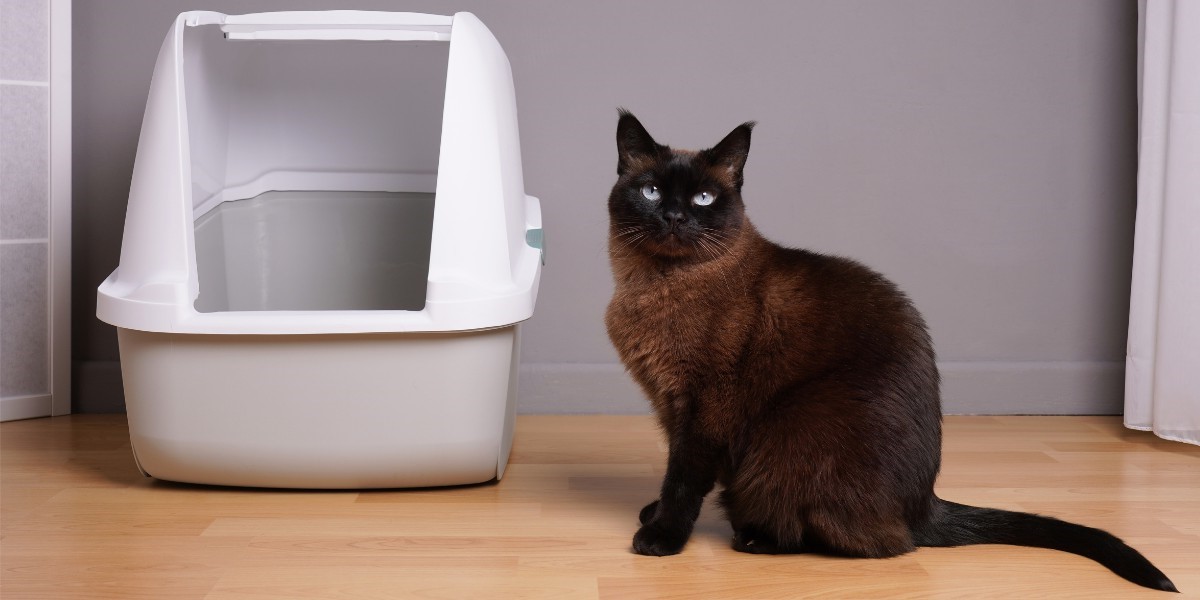
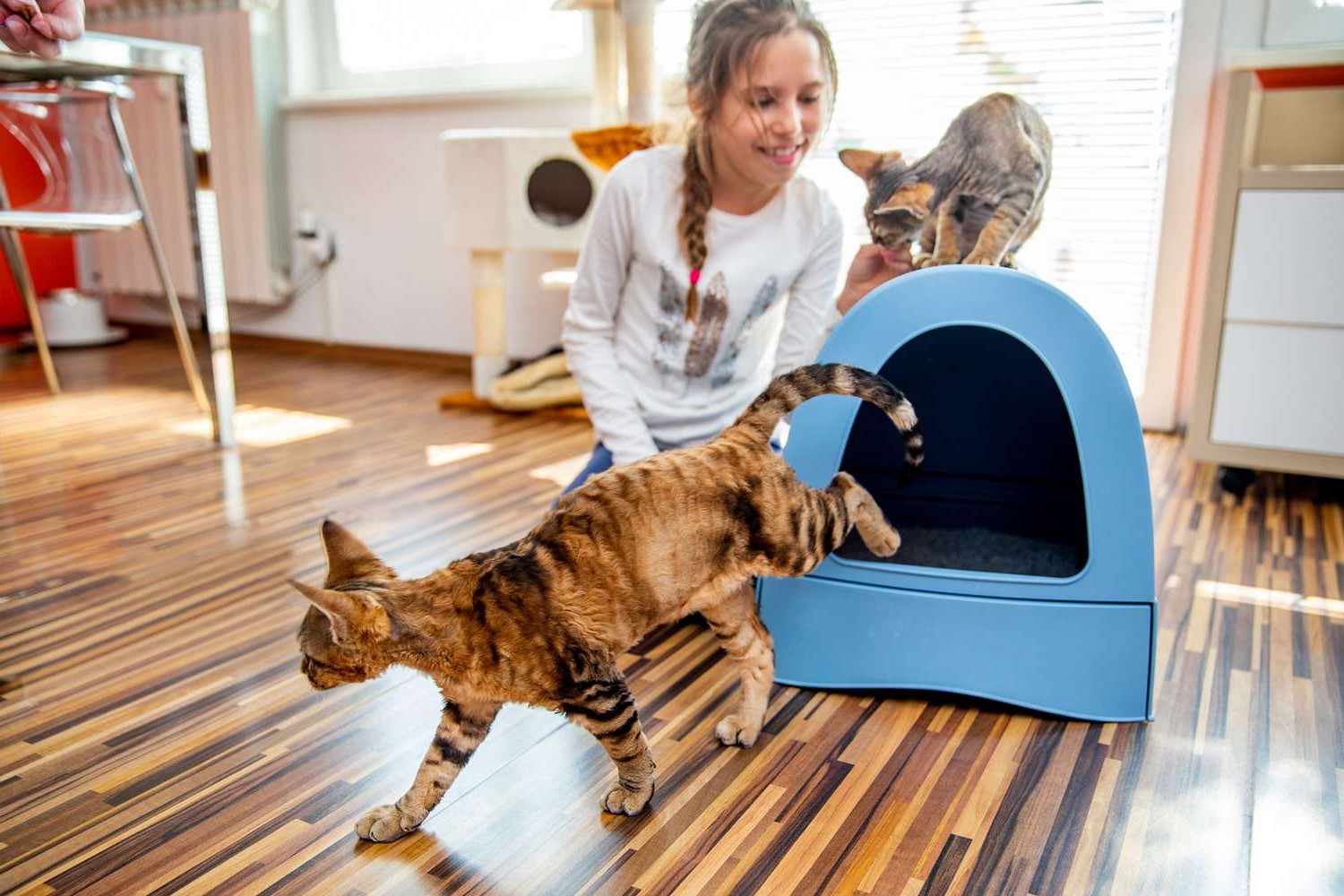
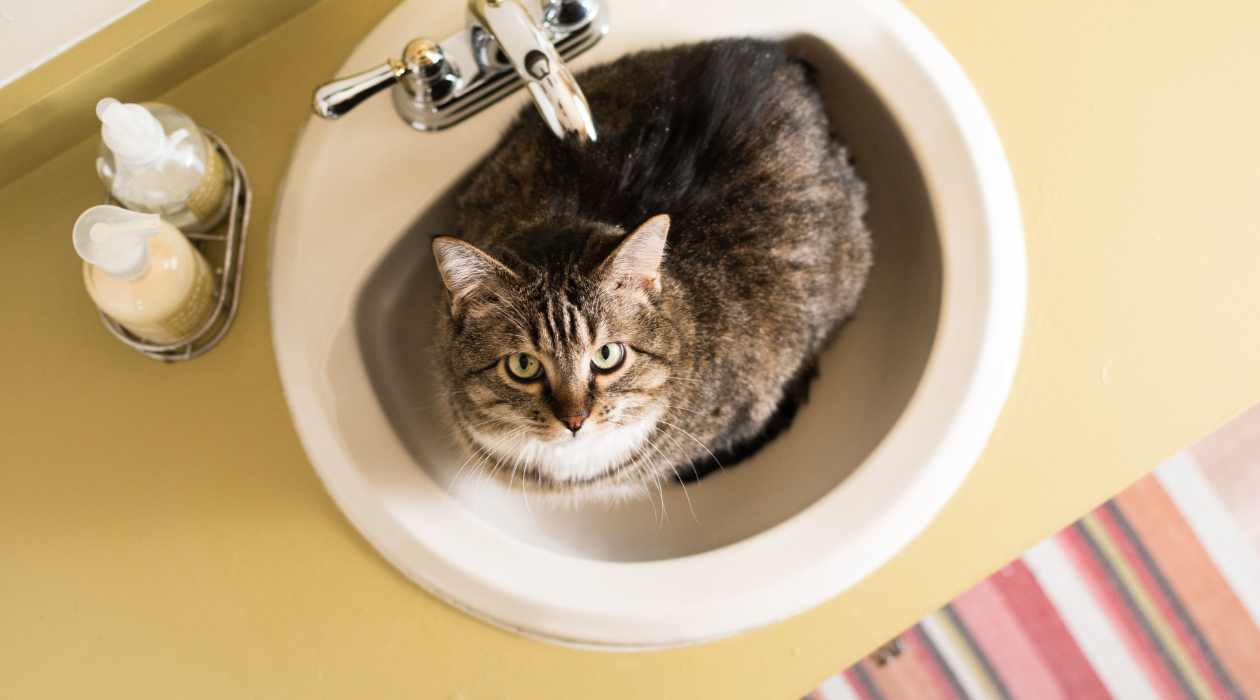
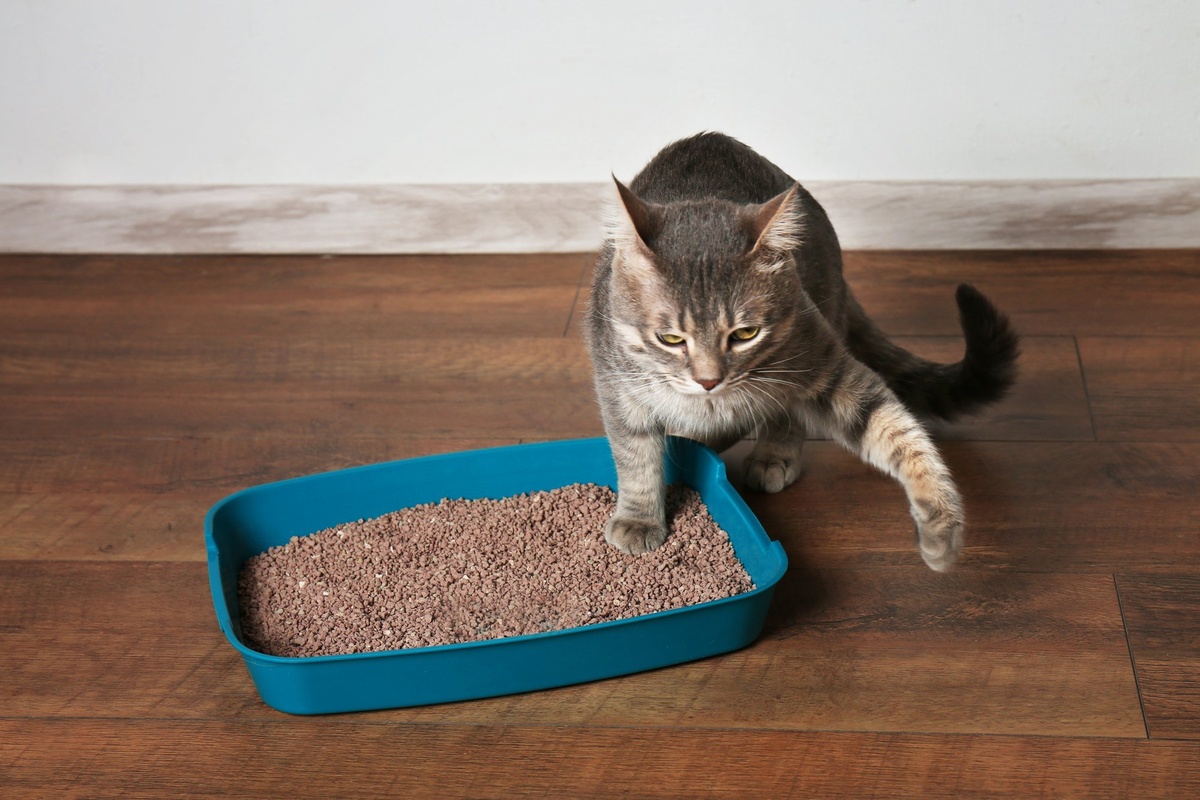
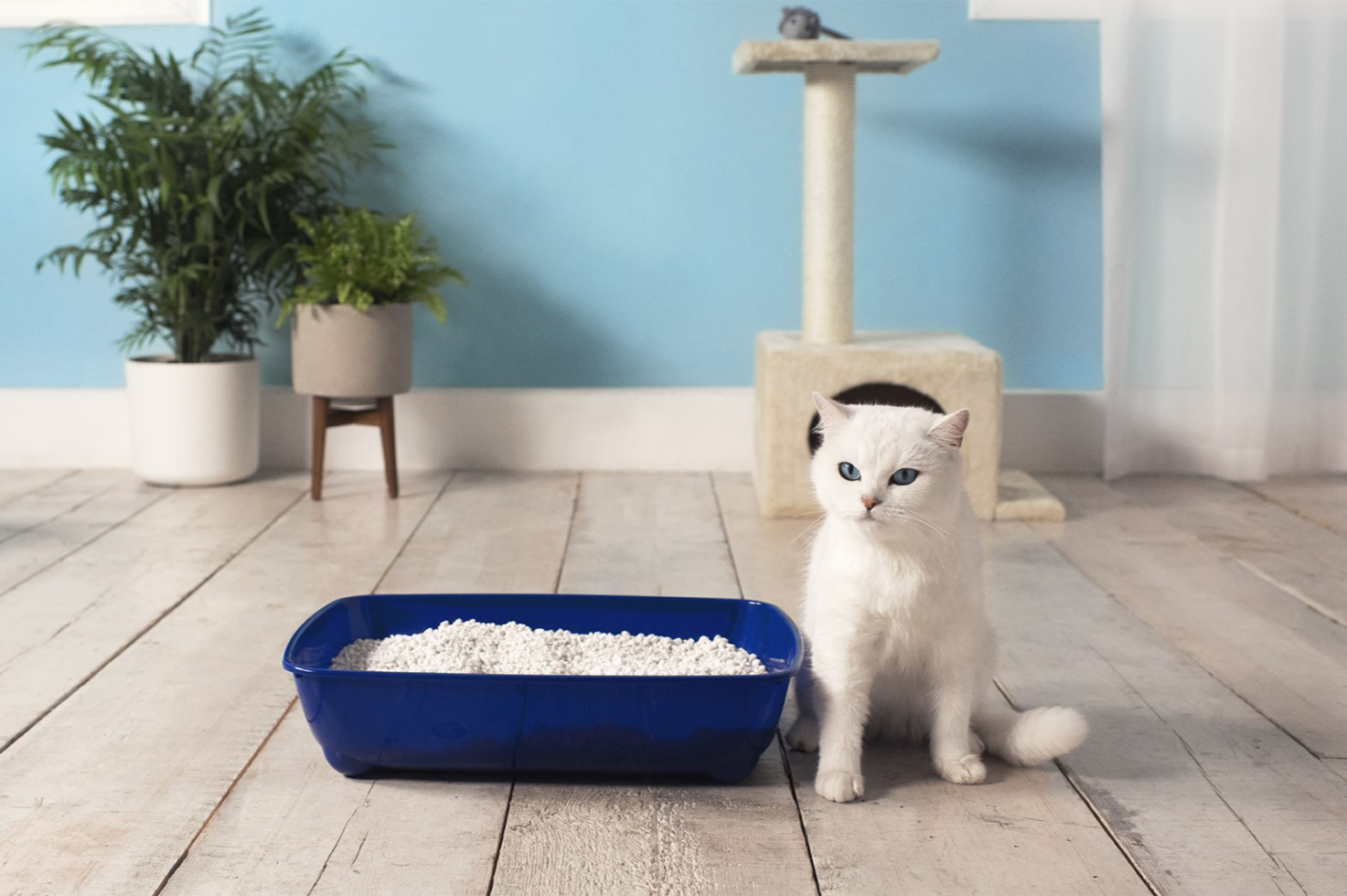
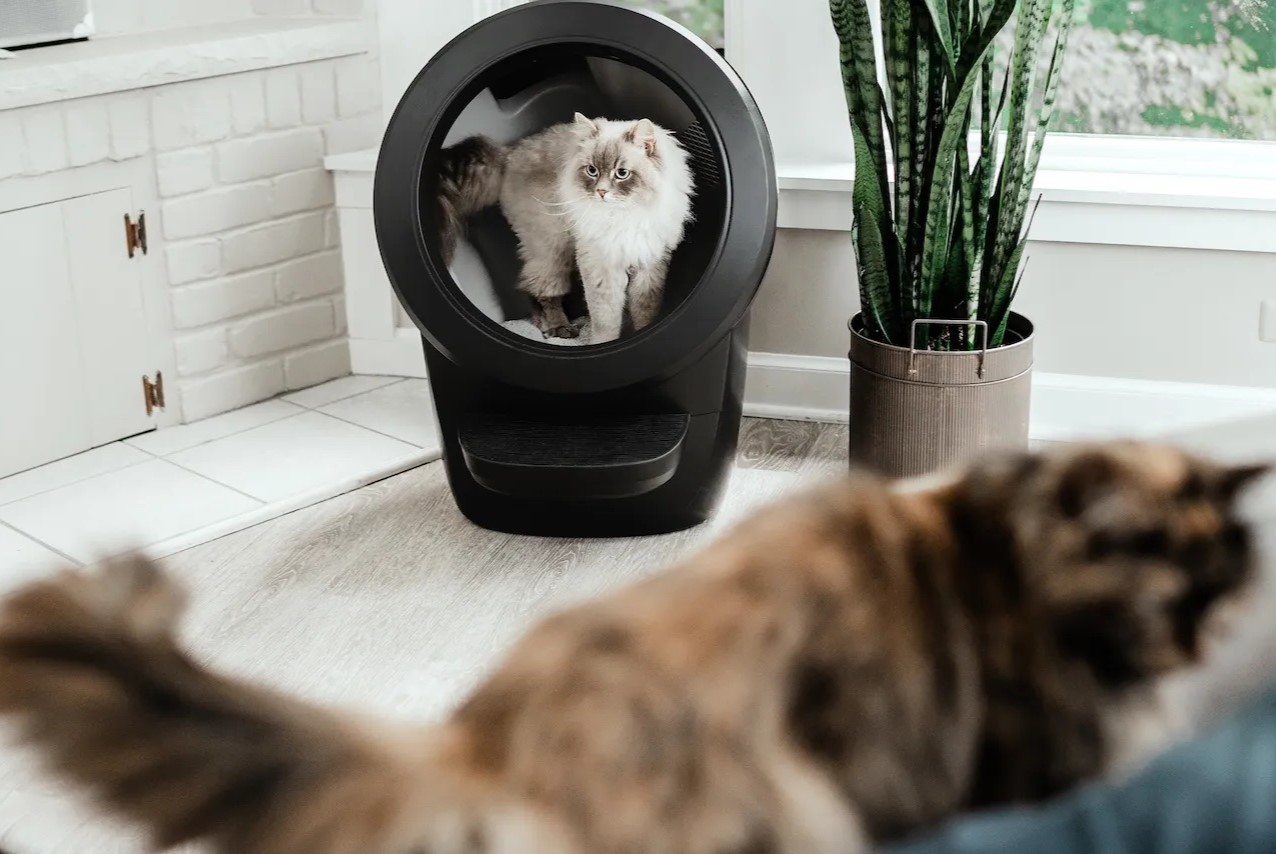
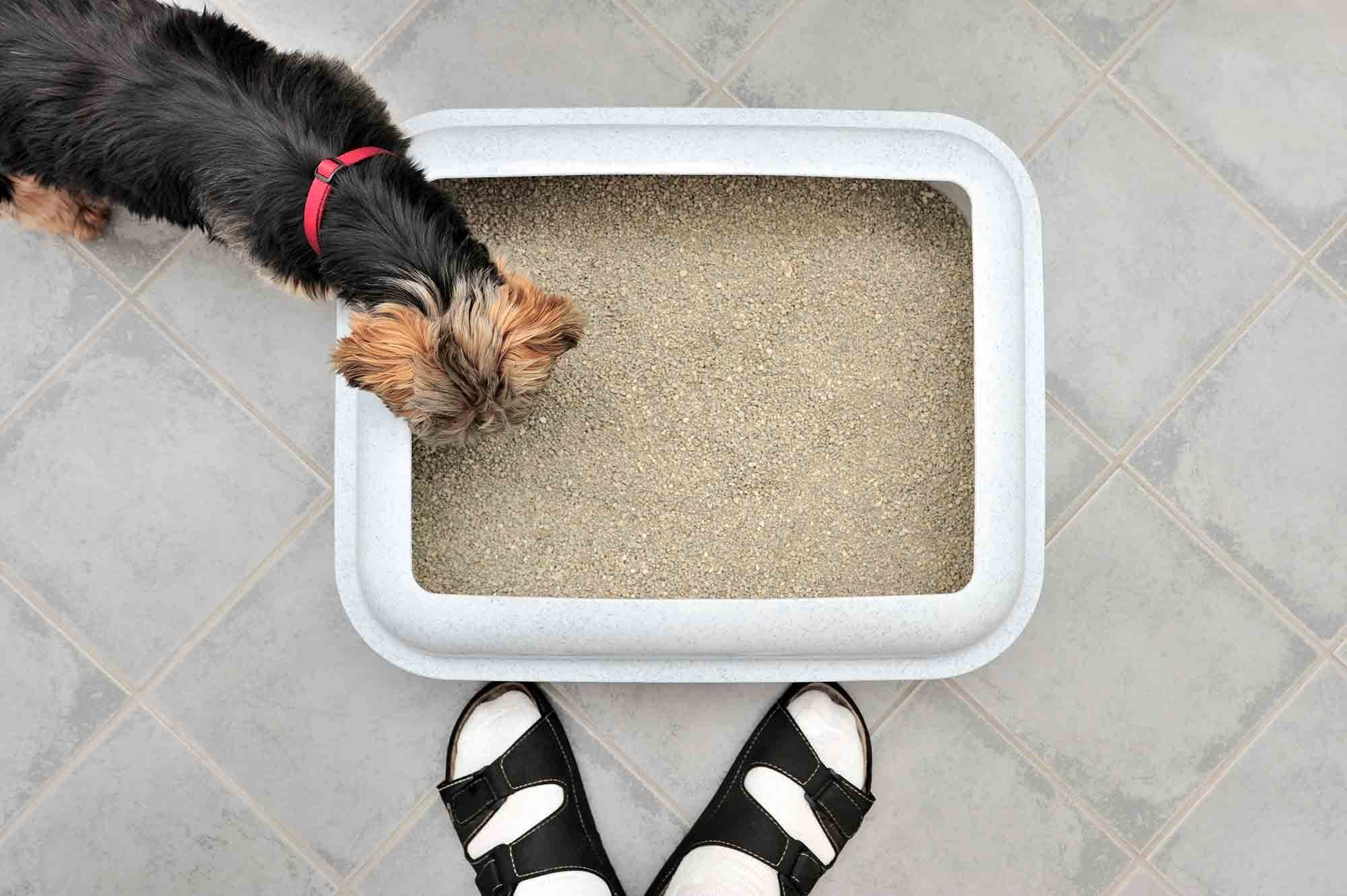
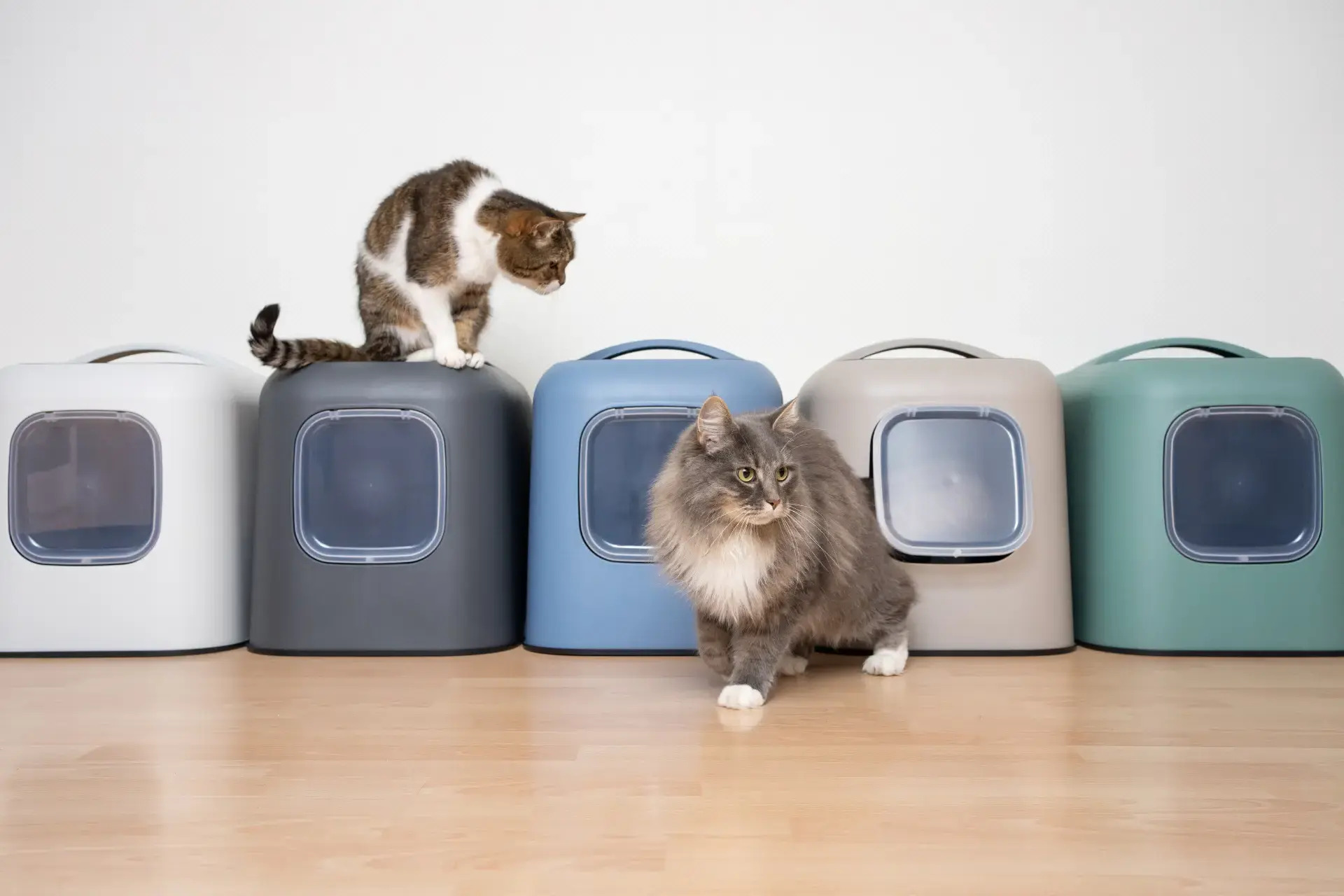
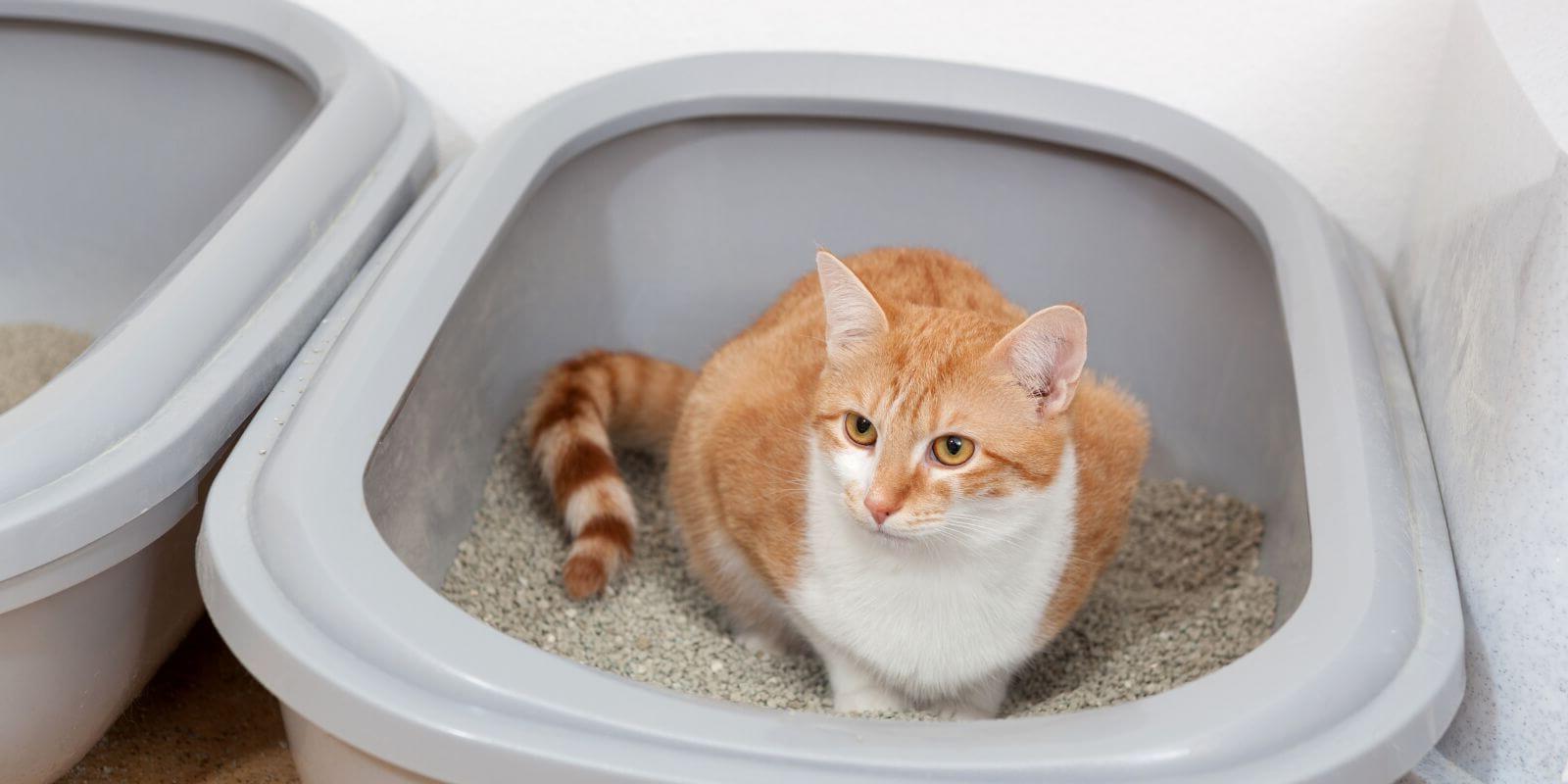
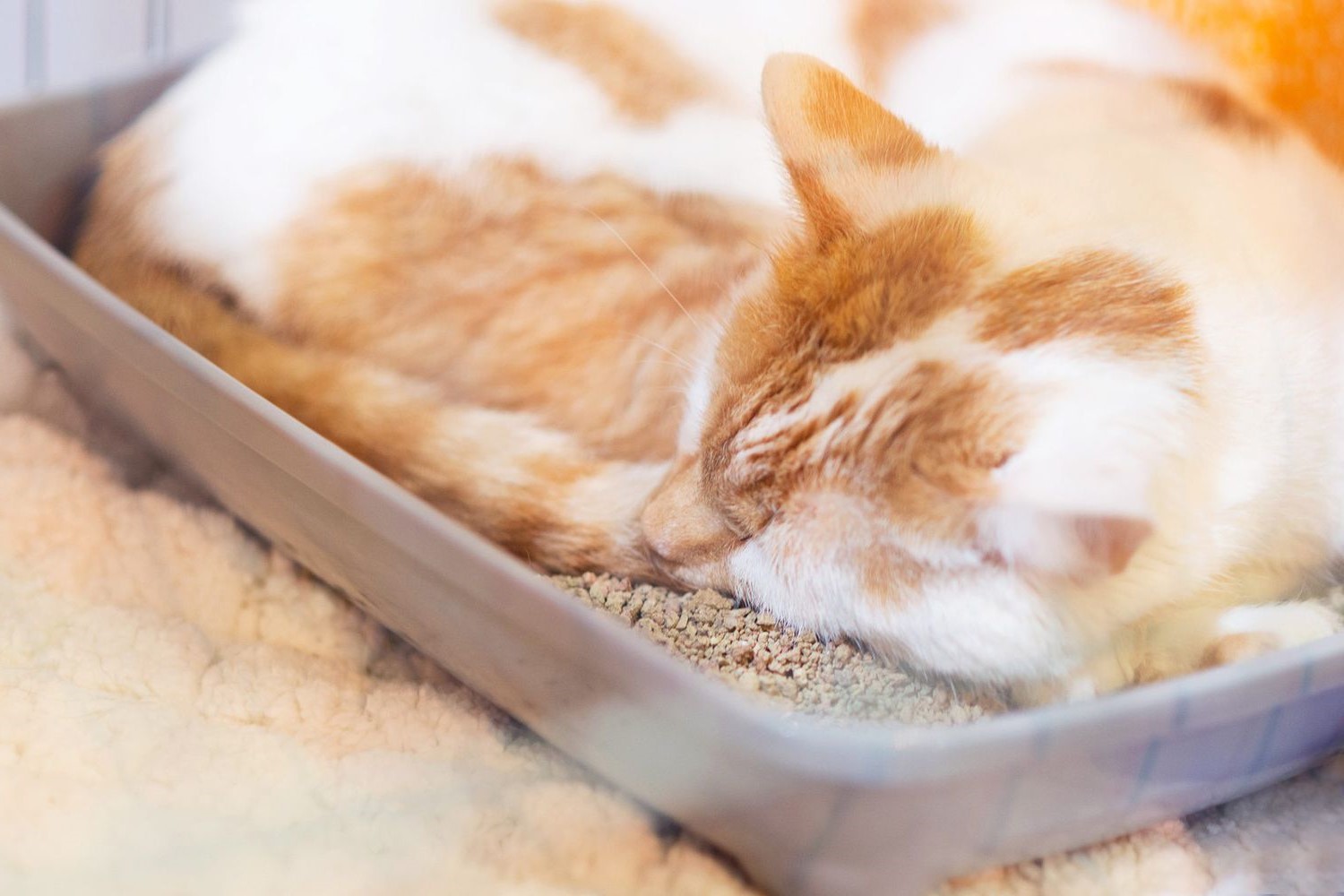

0 thoughts on “Why Does My Cat Pee In The Litter Box But Poop On The Floor?”